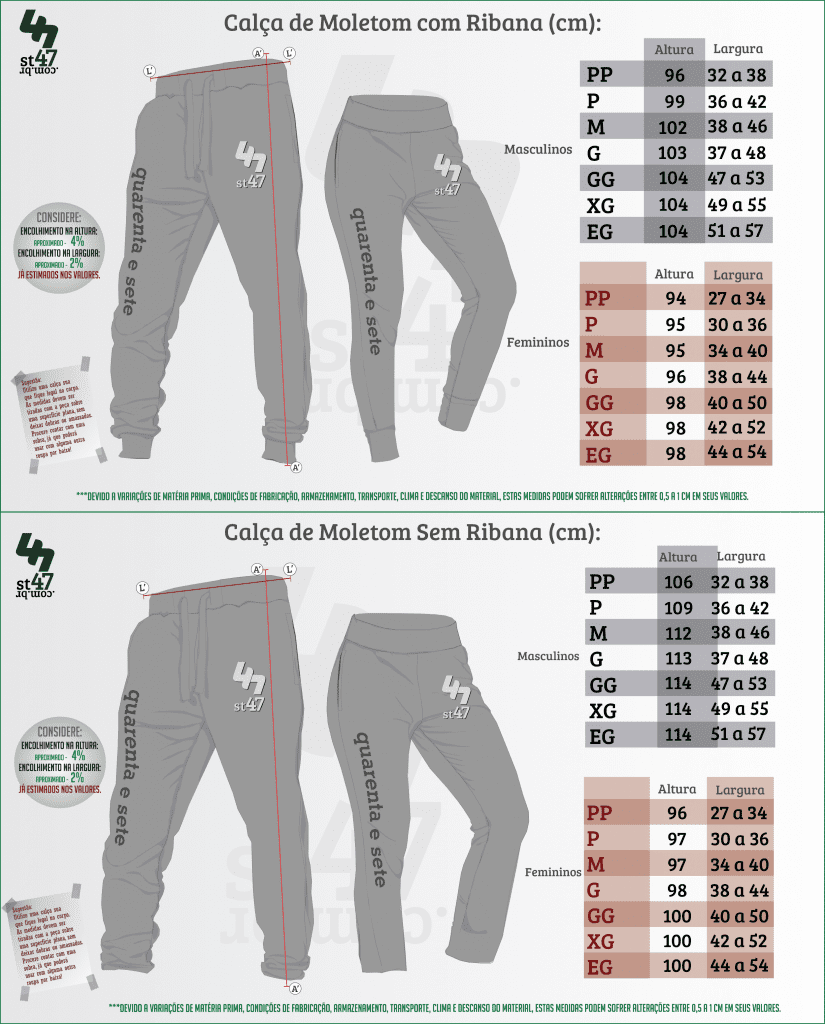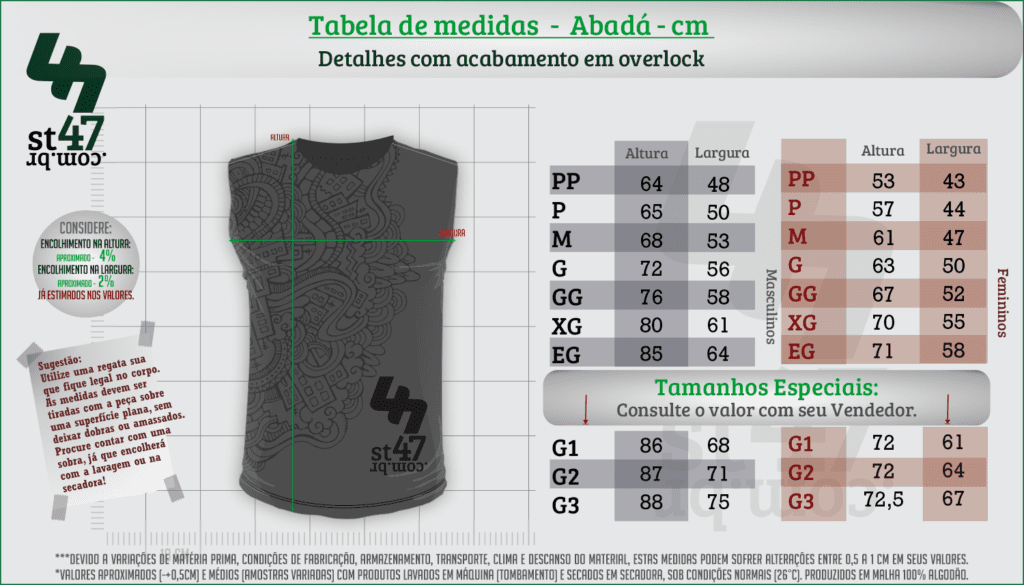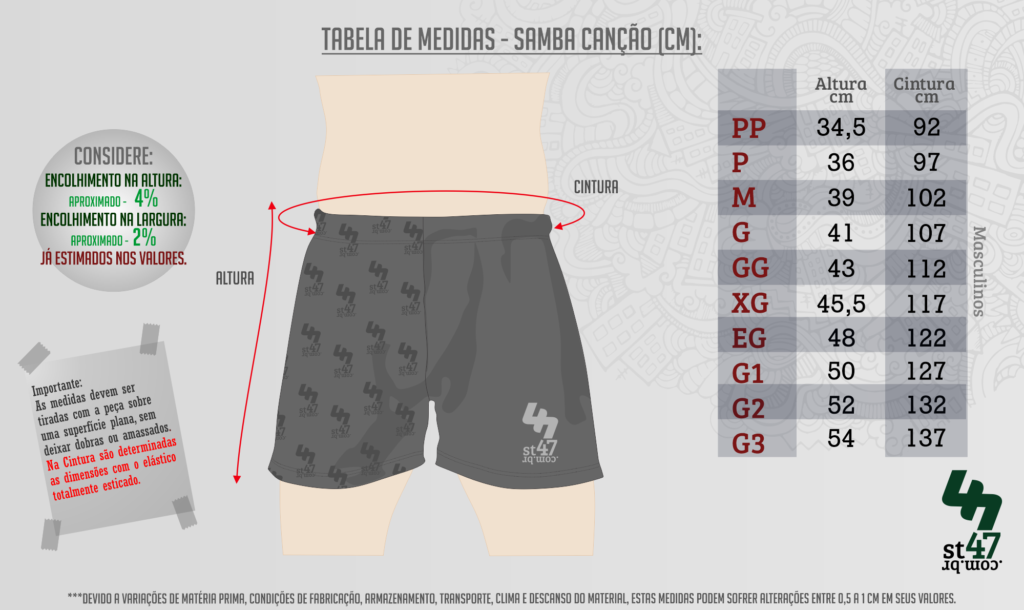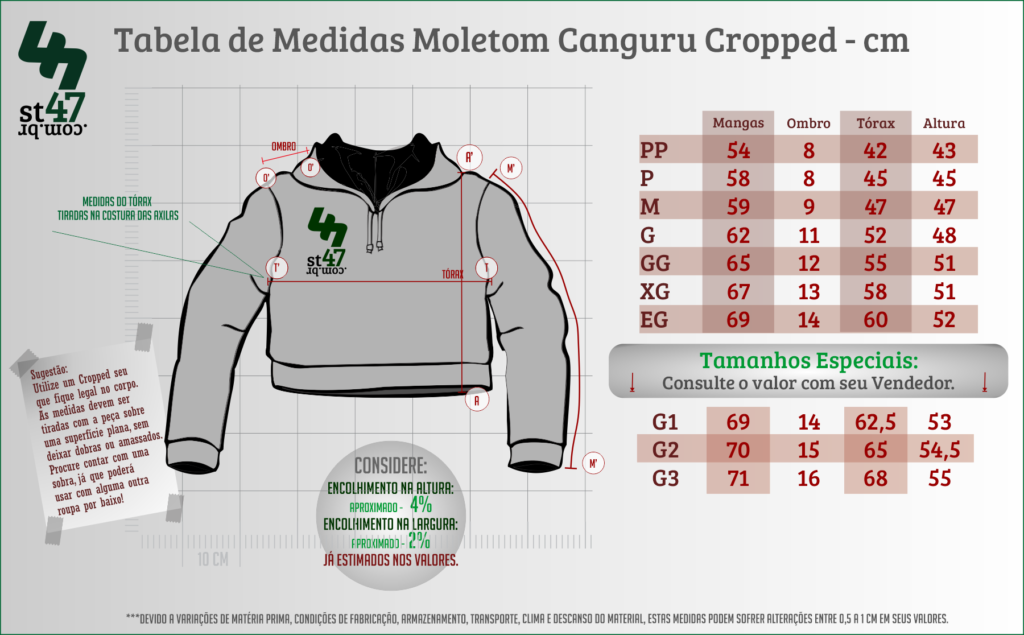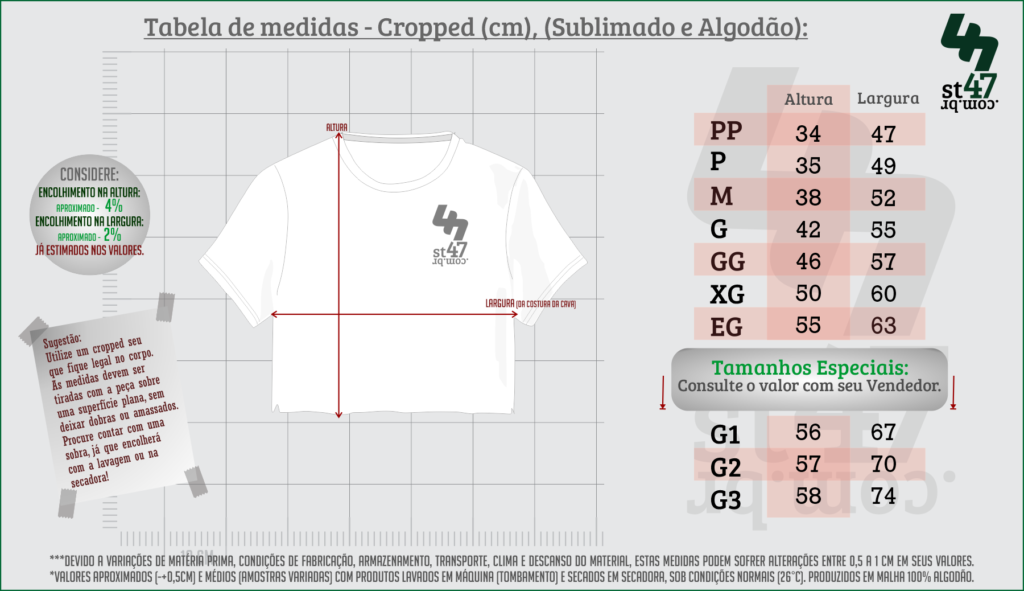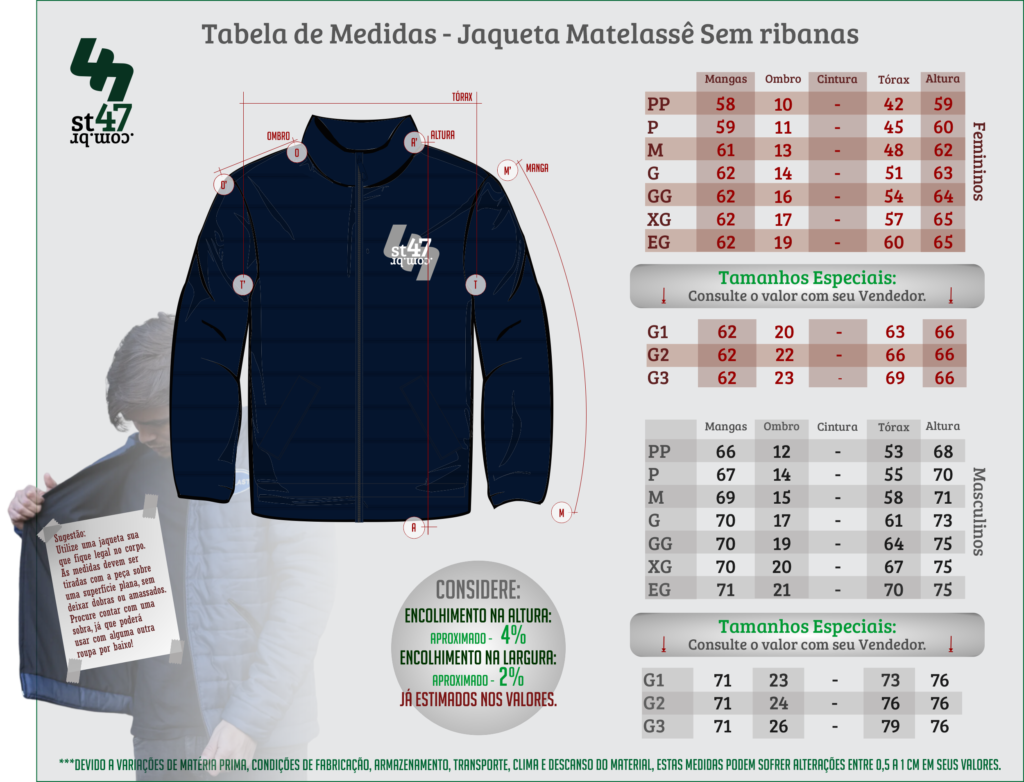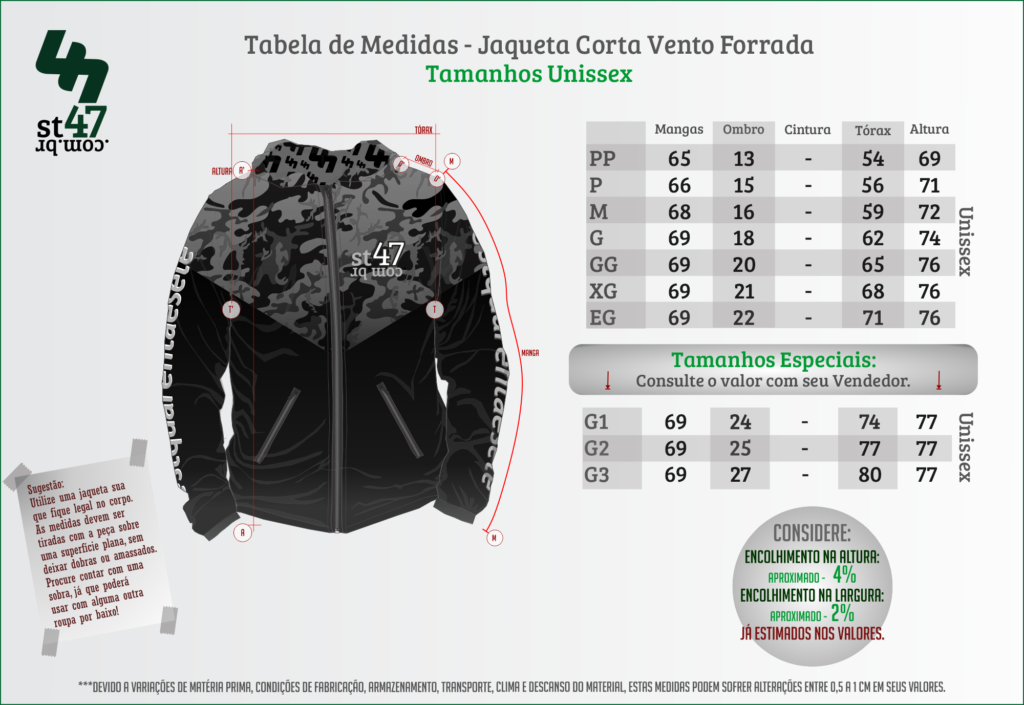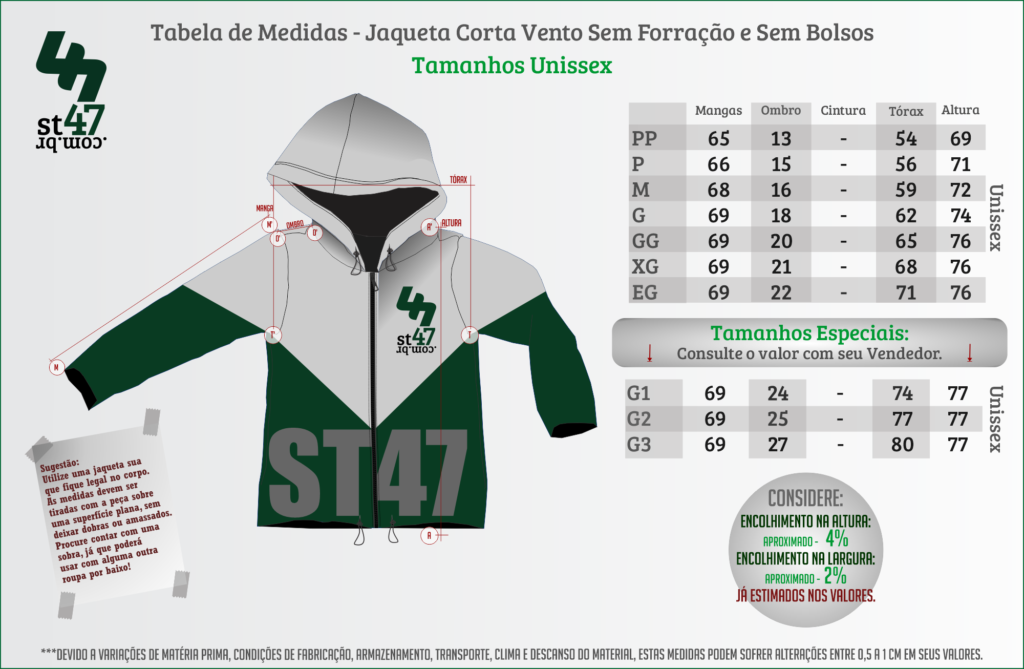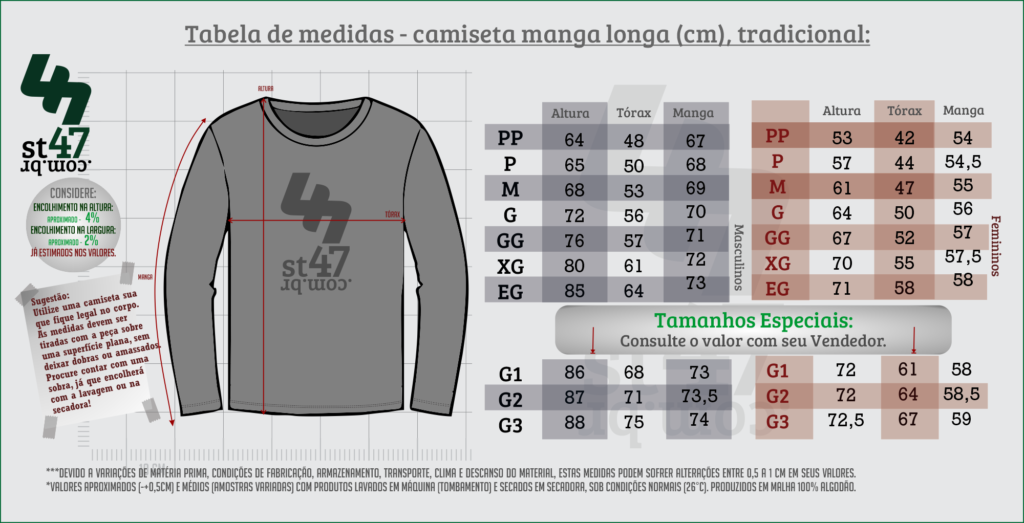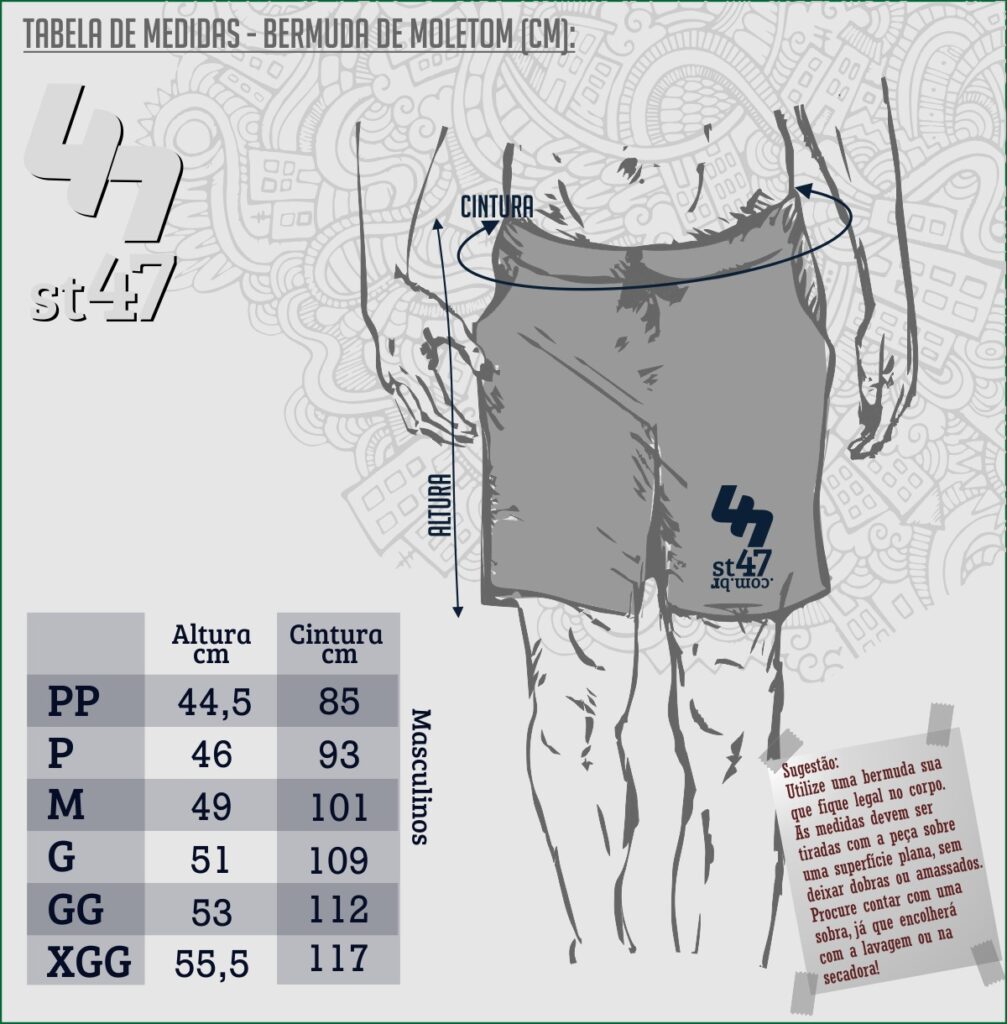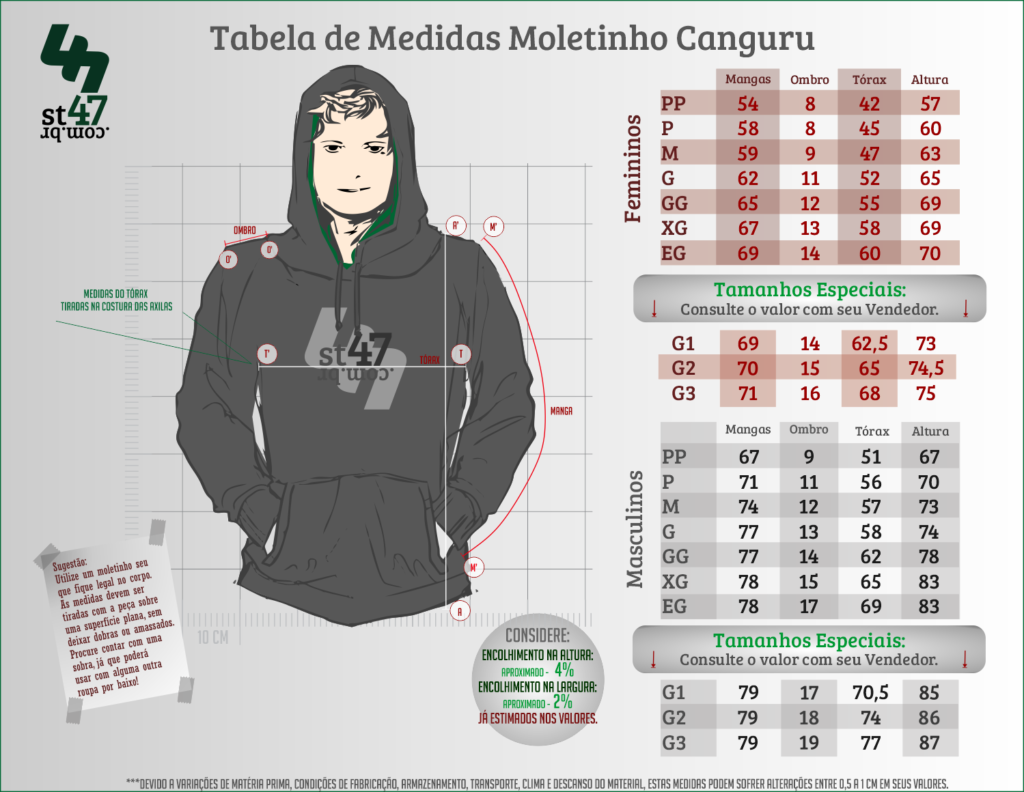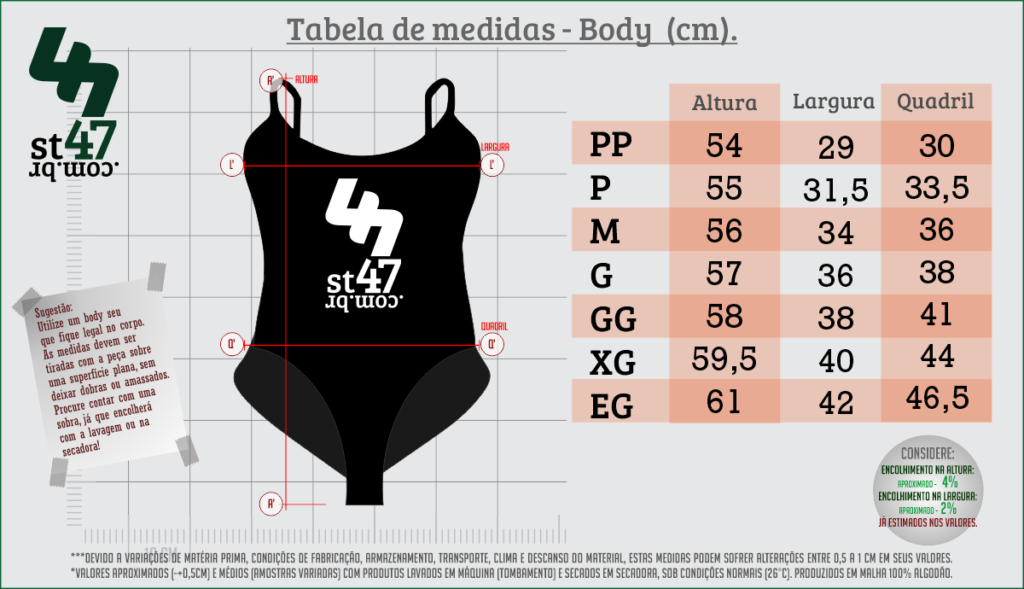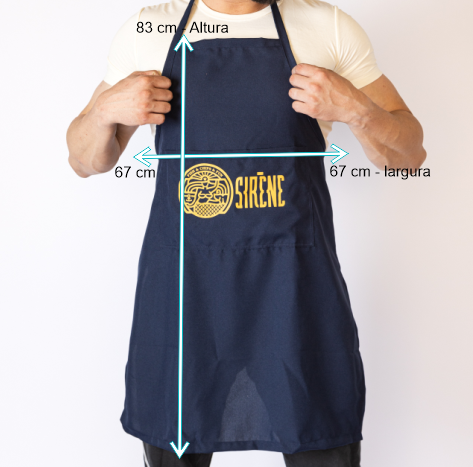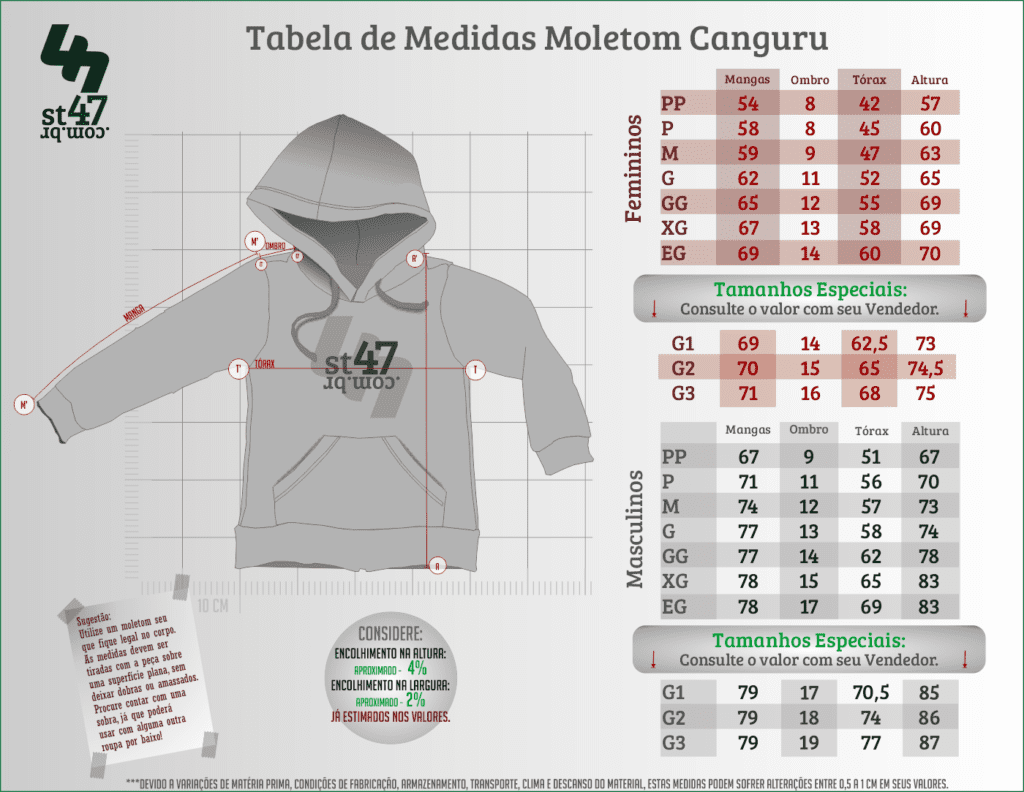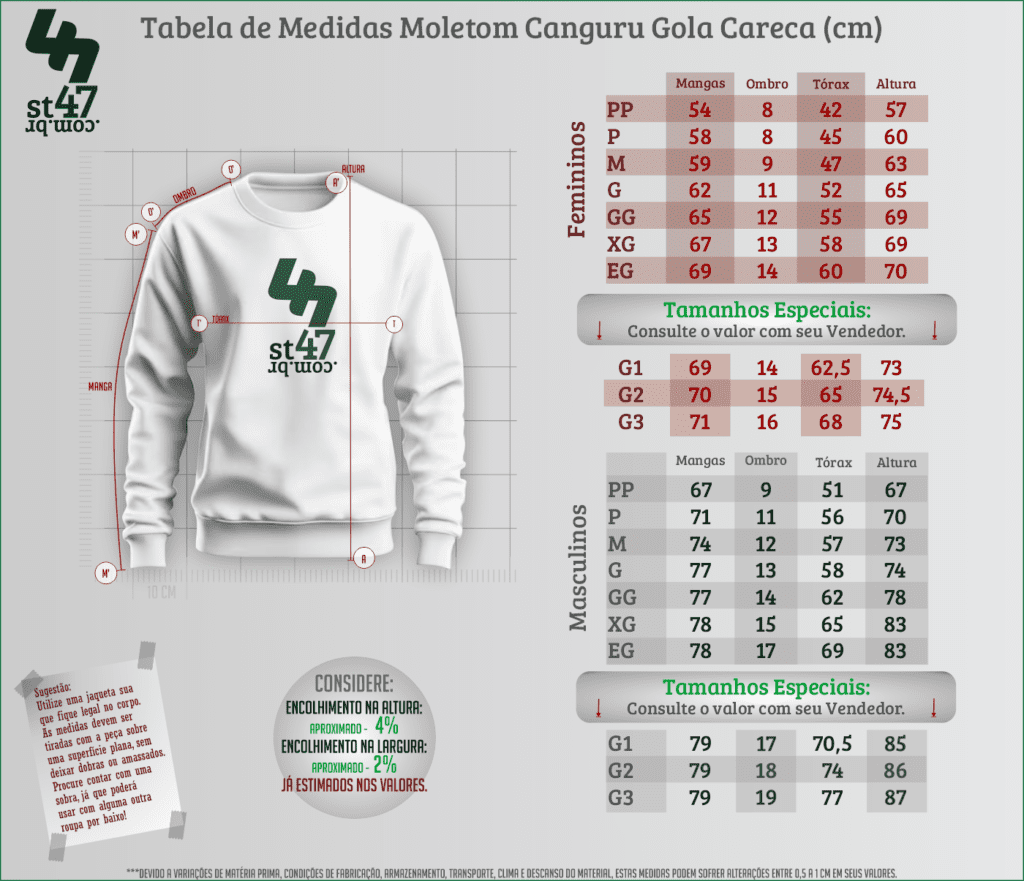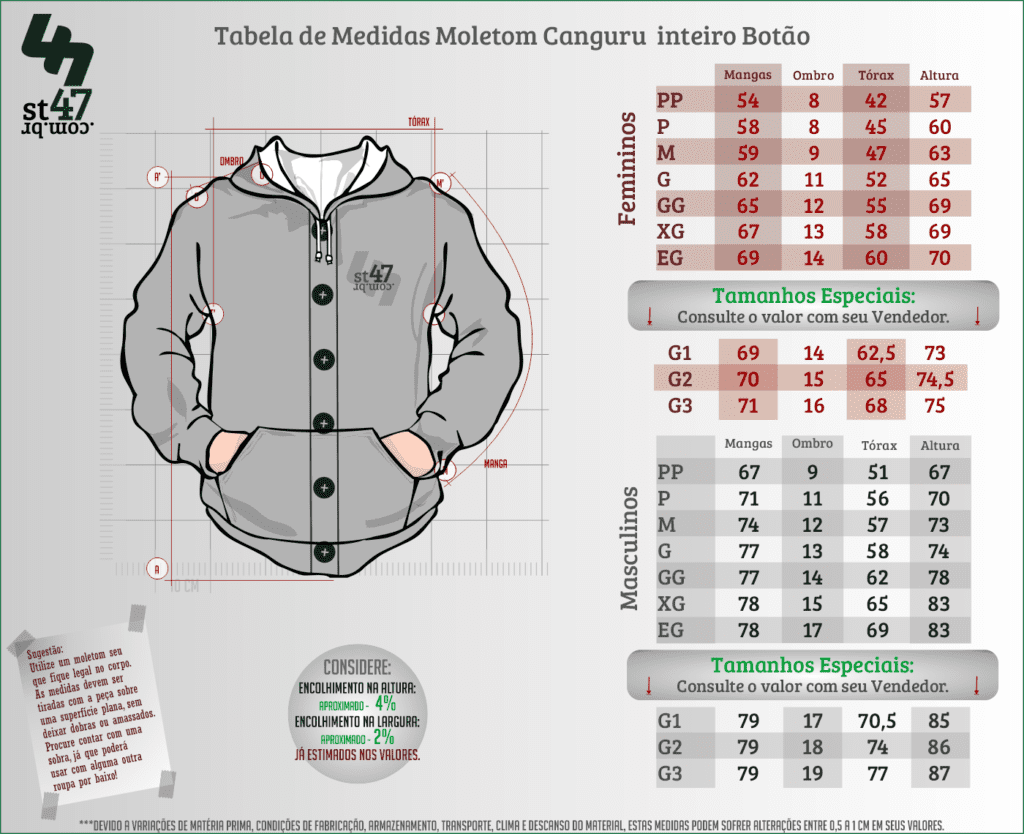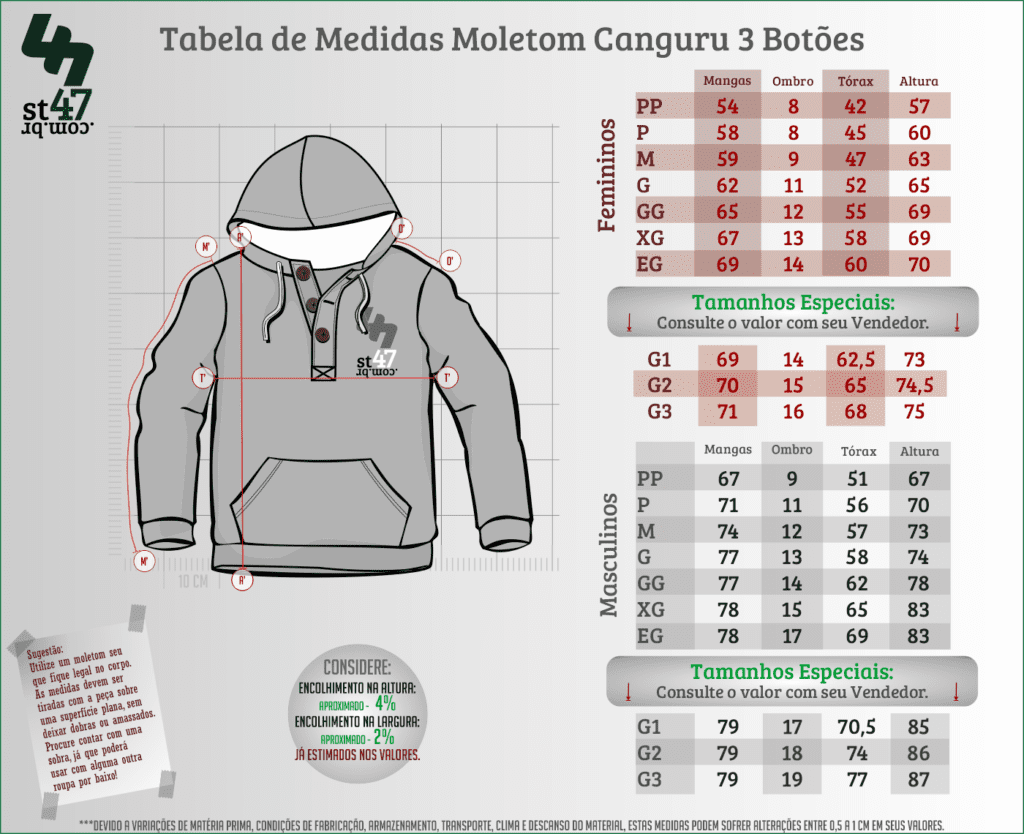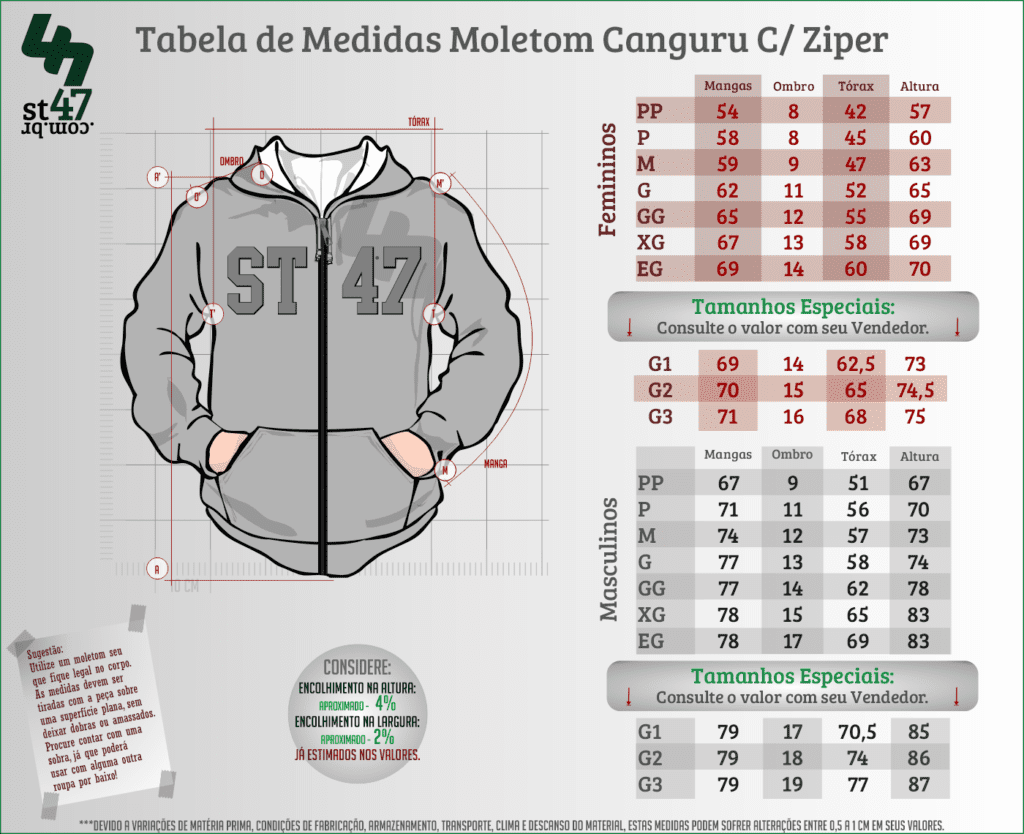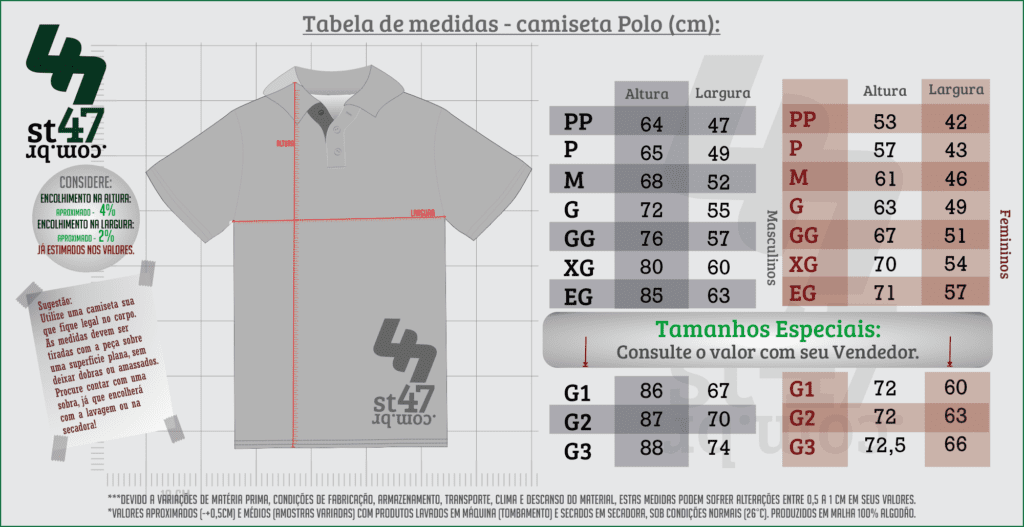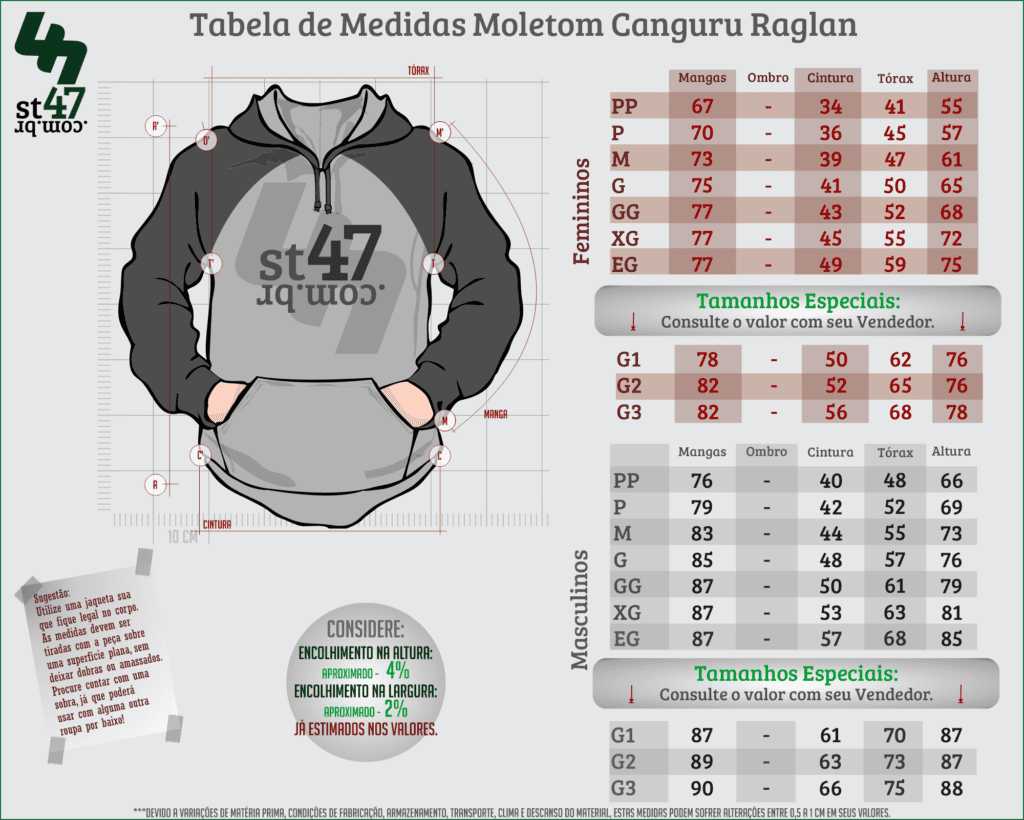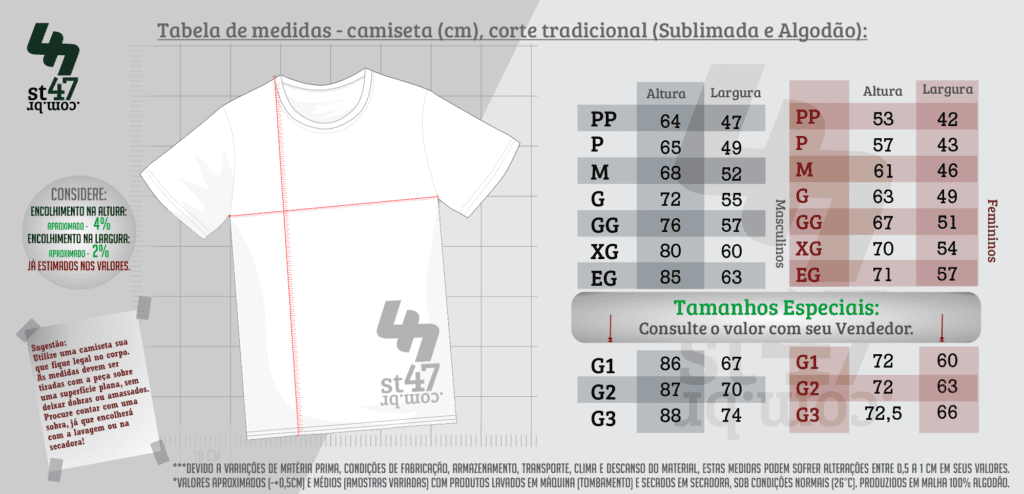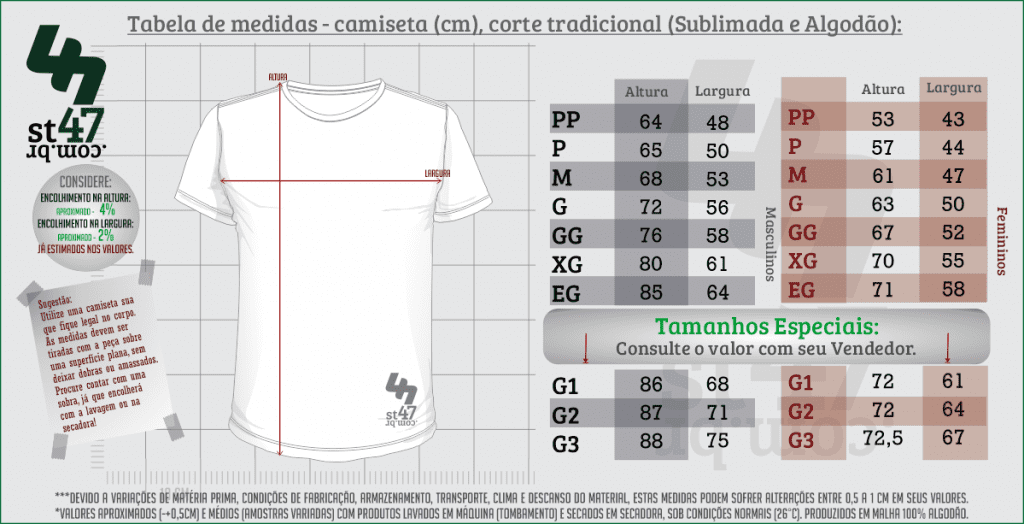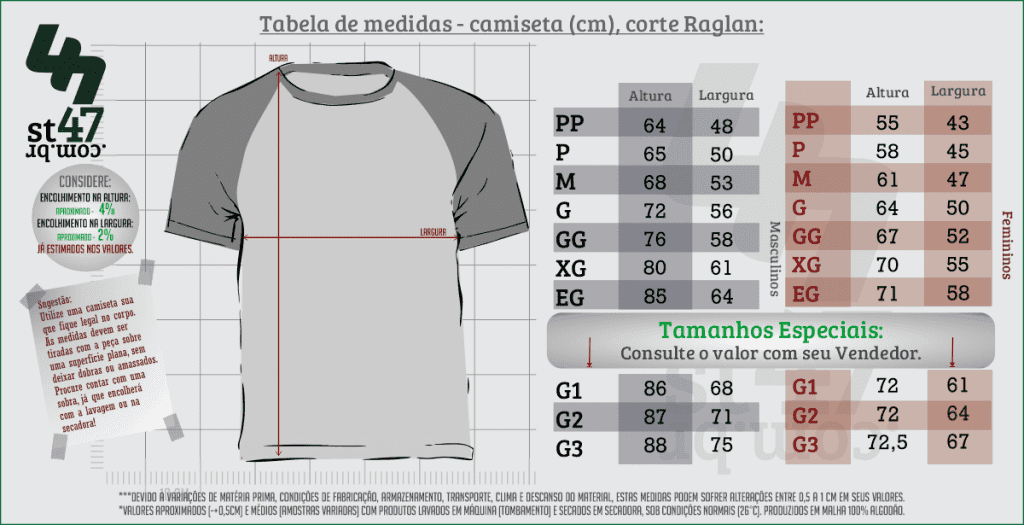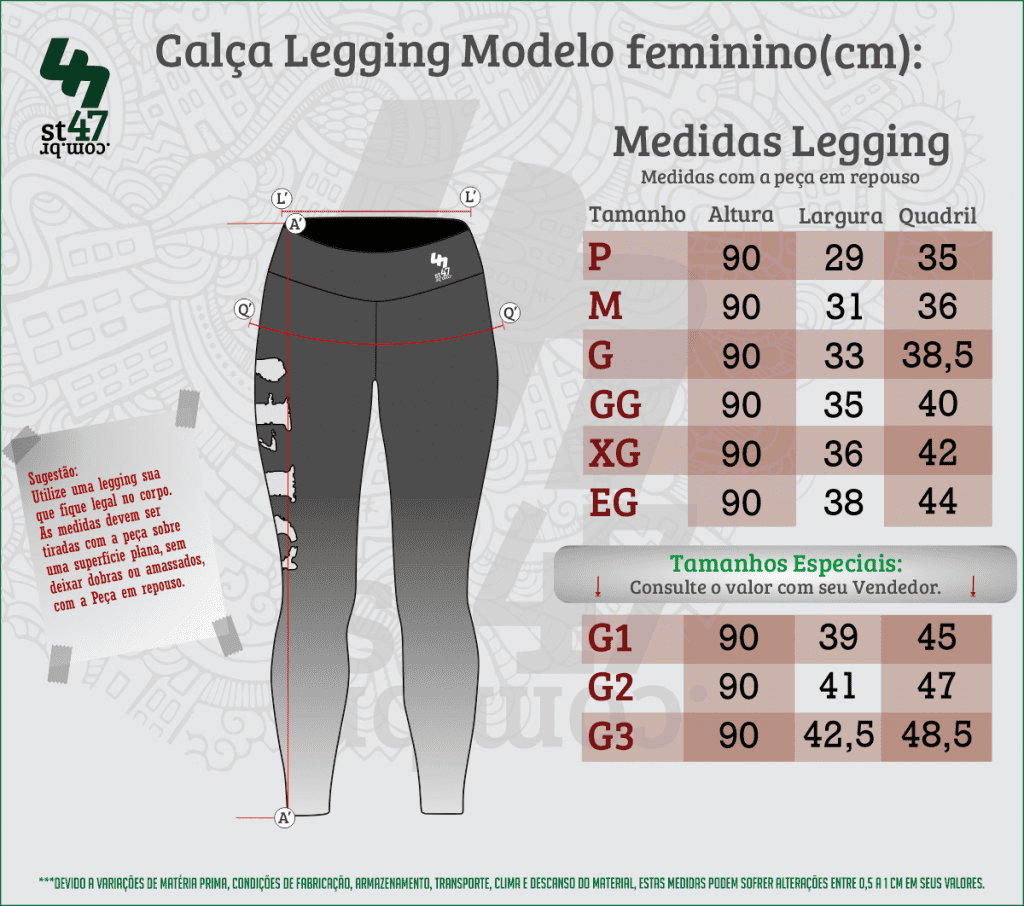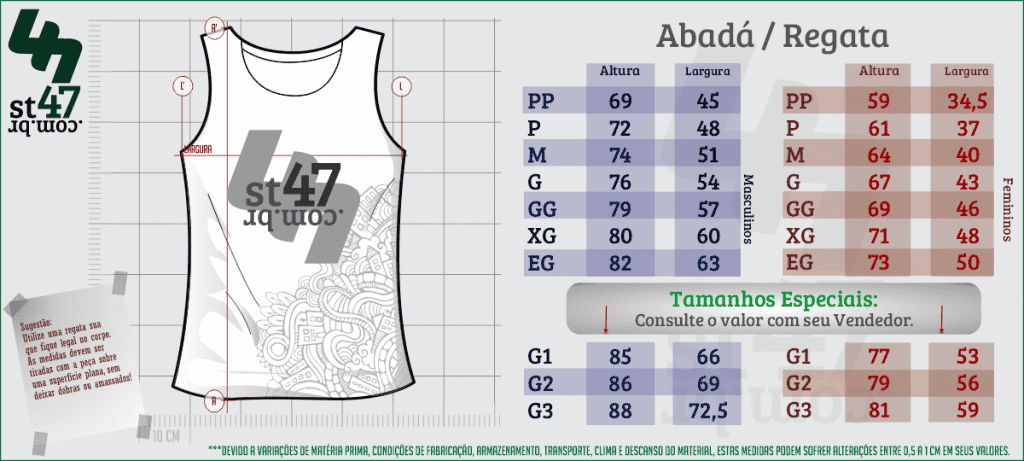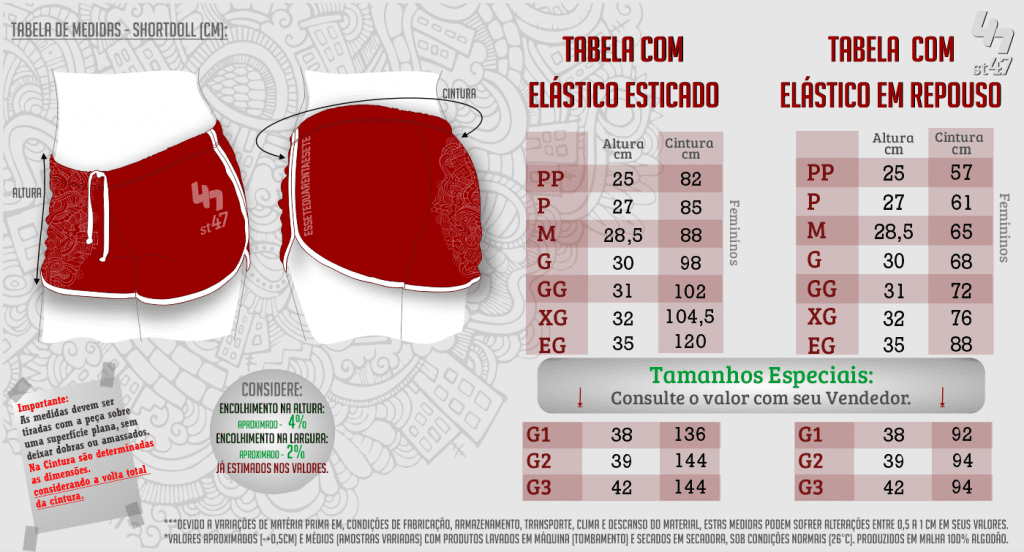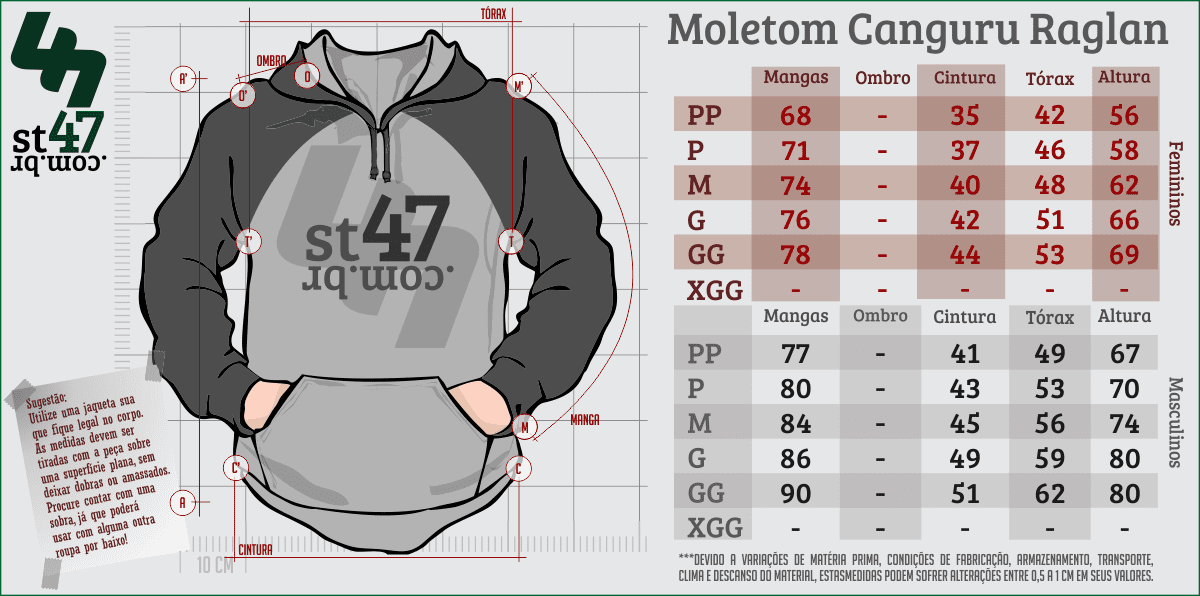Heaving soil is a type of soil that is subjected to such a special process as frost heaving. But the measure of frost heaving of the soil is determined by such an indicator as the degree of frost heaving. This kind of indicator indicates the change in soil during the freezing process. You can calculate the degree of frost heaving using a certain mathematical formula: E = (H - h) / h. In this mathematical formula, H is the height of the soil after freezing, and h is the height of the soil before freezing.Those soil layers are considered to be deep, the degree of freezing of which is 0.01. Note that this type of soil increases in volume by about 1 cm during the freezing of the soil by one meter.What kind of soil can be attributed to a deep-lying one?Why is the process of soil heaving taking place? The explanation for this process is quite simple from a physical point of view. So, the soil contains a certain amount of moisture, which freezes at low temperatures, passing into one of the states - solid. And, as you know, since the time of studying at school, the density of ice is less than water. That is, the ice has a much larger volume. The more moisture there is in the soil, the more likely it is that it will be subject to the heave process and has a higher frost heave index.Clay soils can be safely attributed to deep soils. These are soils with a high clay content in them. Such soils include the following soils: clays, loams, sandy loams. After all, clay soils are porous in structure, so they retain the water in the soil well.The construction of foundations and buildings on such a soil is possible to equip any buildings on soils with a high degree of heaving only after completing a certain set of measures to reduce this heaving index. One of these measures is the replacement of deep soil with the opposite type of soil - non-deep soil. The method is considered radical, and sometimes it is not possible to carry out such measures. This method also requires significant financial costs.Another measure is to lay the foundation to a greater depth than the freezing level. In this case, the heaving forces will not act on the foundation of the building, but the method will not eliminate the impact of heaving forces on the lateral part of the foundation.Another effective way is to use a special insulation material for the foundation, which is laid around the foundation. Please note that this kind of method will be effective in the construction of special shallow foundations.As we have already noted, deep-lying soil is a soil with a significant volume of water. Therefore, the problem can also be solved by removing a significant amount of water from such soil. A special system is being built for this purpose. The drainage in this case is a ditch into which a special filter cloth, geotextile, is laid, and a perforated pipe is inserted into it. Note that the pipe must be laid at a certain angle. After the drainage is built, the ditch is filled with gravel and sand.The principle of operation of this drainage system is as follows: water flows into the pipe and is discharged from the ground. But to prevent water from accumulating near the building, it is necessary to equip a low-lying area on the site, if possible, to build a drainage trench. And, of course, we do not forget to make a high-quality, functional blind area around the building, to divert natural water and snow masses from the foundation.
Yolo247


